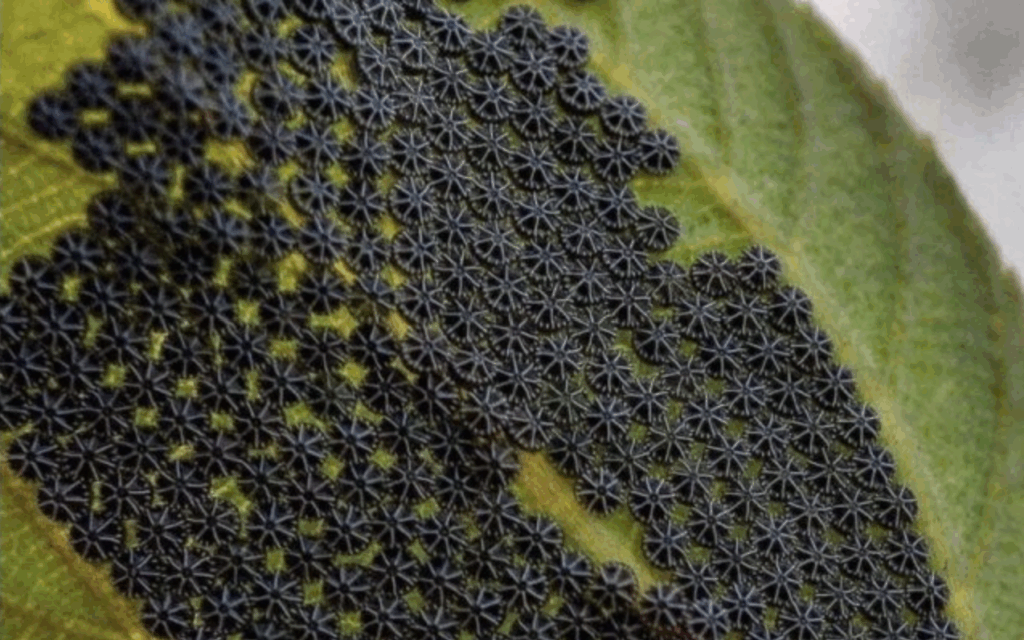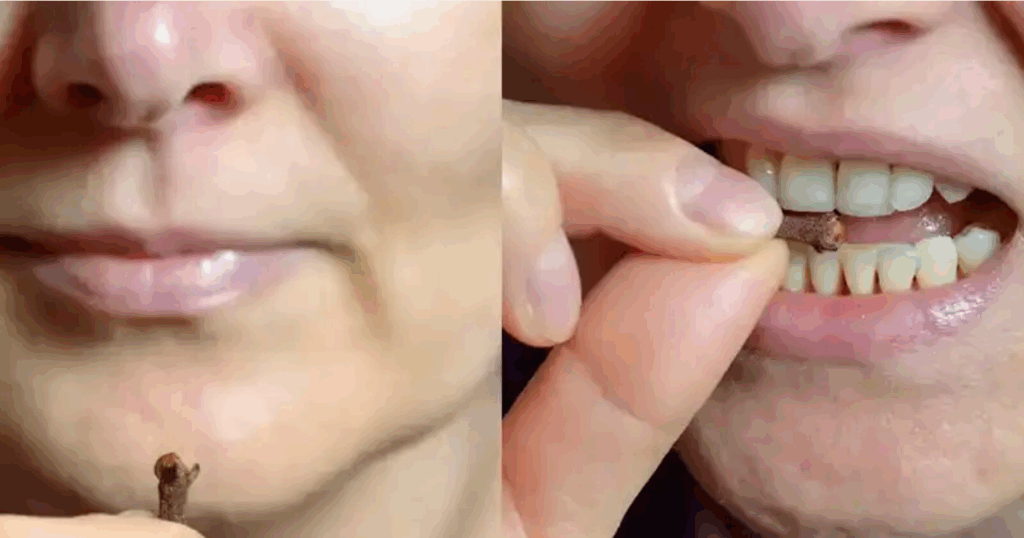Do you know where you’ll always find me? In my garden.
There’s something deeply satisfying about digging your hands into the soil, tending to your plants, and watching them grow. It’s a kind of magic—seeing life blossom because of your care. But let’s be honest: gardening isn’t always sunshine and roses.
One of the biggest challenges? Pests. And sometimes, the hardest part is knowing whether a strange little bug is your enemy… or your unexpected ally.
Not long ago, I came across a photo that perfectly captured this dilemma. It was making the rounds on social media, and the moment I saw it, I froze.
The image showed a leaf covered in tiny, intricate black geometric shapes. At first glance, it looked almost unnatural—like the leaf had been infected by a weird grid-like disease or wrapped in digital lace. My first thought? “This can’t be good.”
Curious (and a little alarmed), I did some digging. What I found surprised me—and completely changed my perspective.
Those mysterious black patterns? They were eggs. But not just any eggs—these belonged to the Mourning Cloak butterfly (Nymphalis antiopa), one of the most fascinating butterflies you’ll ever meet.
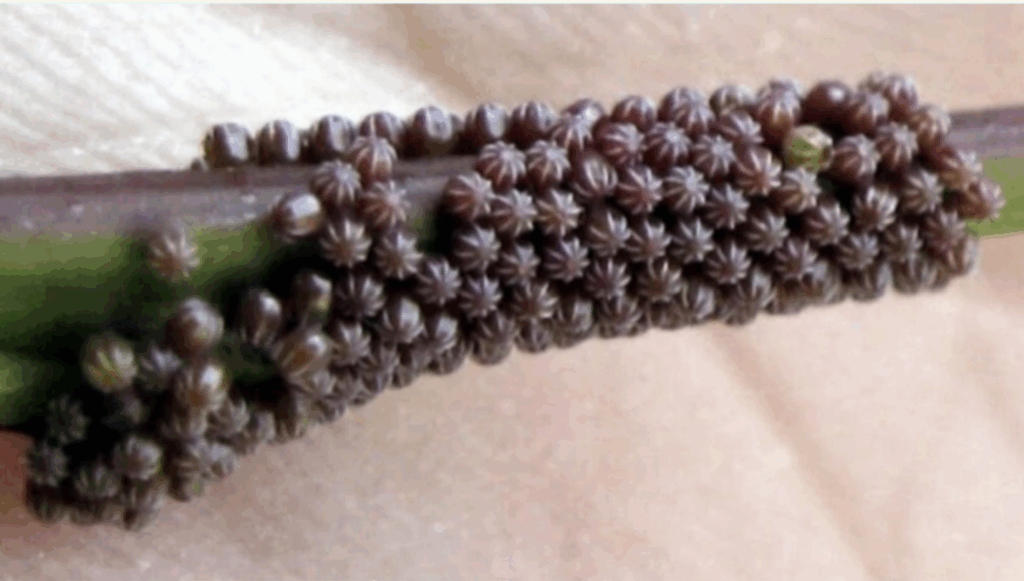
Now, if you’ve never heard of this species, let me introduce you. Because once you learn about it, you might never look at your garden the same way again.
Let’s start with the eggs. Up close, they look like delicate black lace spread across a leaf—so precise, so detailed, they almost seem man-made. I remember thinking, “This could either be a disaster or something truly special.”
Luckily, it was the latter. These butterflies, despite their slightly ominous name, are actually incredibly beneficial to your garden’s ecosystem.
Their caterpillars may nibble on leaves, but they typically prefer trees and shrubs like willow, elm, and poplar—meaning your flowers and veggies are likely safe. Even better? The adult butterflies feed on rotting fruit and sap,
helping to break down organic material and keep the cycle of life moving.
Watching the full life cycle of the Mourning Cloak is like witnessing a living fairytale. After the eggs hatch, tiny spiky black-and-white caterpillars emerge. They go through several molts—shedding their skin as they grow—until they’re ready to pupate.
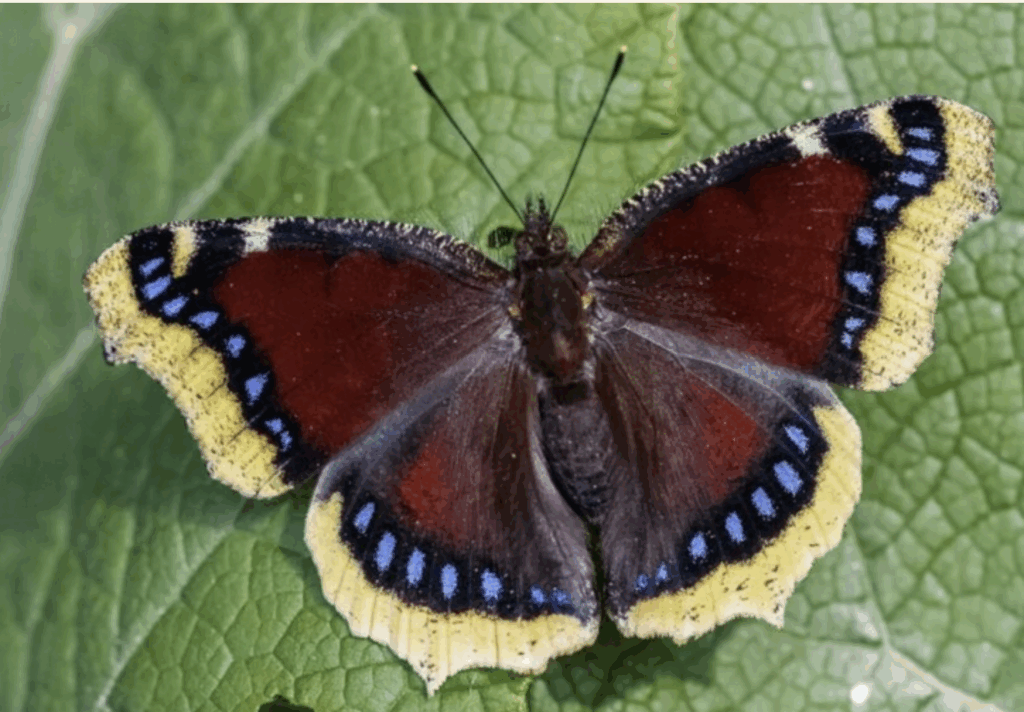
When that moment arrives, they find a safe hiding spot and spin themselves into chrysalises—a kind of sleeping bag where the real magic happens. Depending on the season and temperature, this transformation can take weeks or even months.
And then—finally—they emerge. Dark, velvety wings bordered with bright yellow edges and dotted with tiny blue spots. Absolutely breathtaking.
But here’s the part that truly amazed me: unlike most butterflies, the Mourning Cloak doesn’t just flutter away into the warm breeze.
They hibernate.
Yes, you read that right. These butterflies find cozy spots—under loose tree bark, inside woodpiles, or even in sheds—and sleep through winter. When spring arrives, they’re often the first butterflies to appear, sometimes even before the flowers bloom.
That’s where their name comes from—those dark, moody wings fluttering through the still, bare spring landscape look a little like mourning clothes.
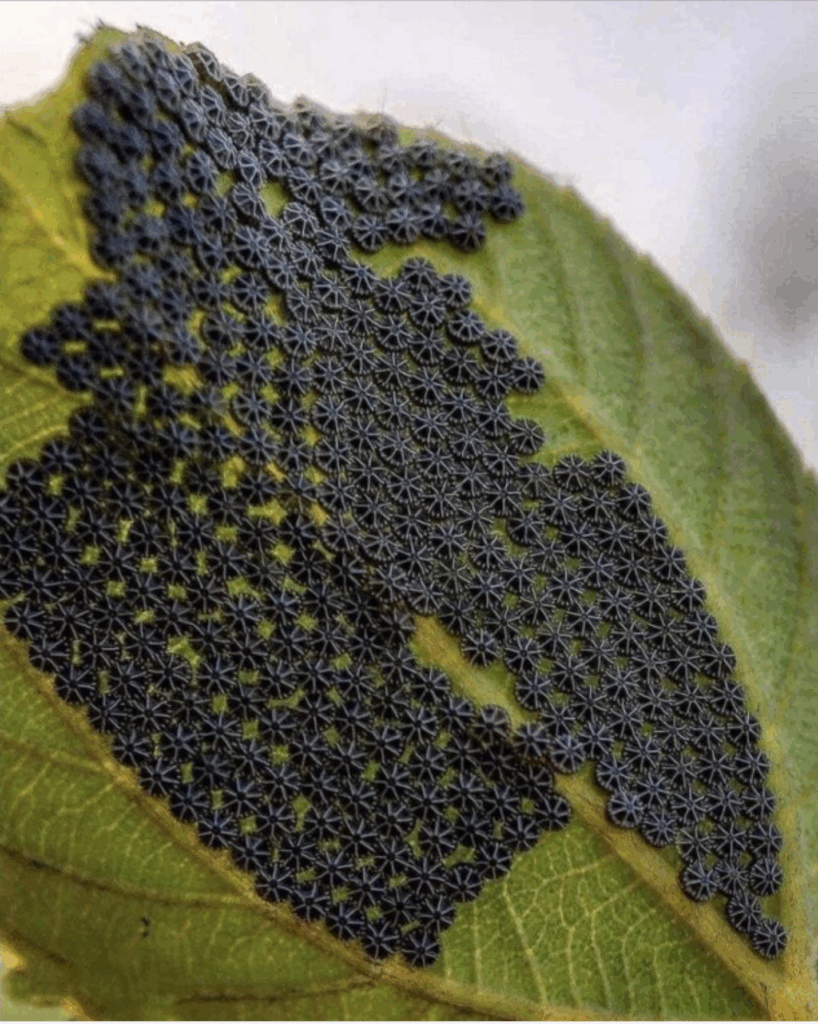
As gardeners, we often panic when we spot caterpillars. Our first instinct is to grab the bug spray and go to war.
But what if we paused?
What if, instead of reacting in fear, we chose curiosity?
Yes, some leaves might get eaten. But in return, you’re nurturing something beautiful. You’re helping nature do what it does best: balance itself.
So next time you spot strange eggs or fuzzy little caterpillars on your plants, take a deep breath. Take a closer look. Maybe, just maybe, you’re witnessing the beginning of a miracle.
And if you’re worried, here’s a gentle solution: simply relocate them to a tree or shrub nearby—somewhere they’ll be happier and less likely to snack on your prized blooms.
Because gardening isn’t just about perfect flowers and flawless leaves. It’s about harmony. Discovery. Growth—both for your plants and for yourself.
So the next time something unexpected pops up in your garden, don’t rush for the pesticide. Take a moment. Look closer. You might just find wonder staring back at you—disguised as a tiny black egg.
